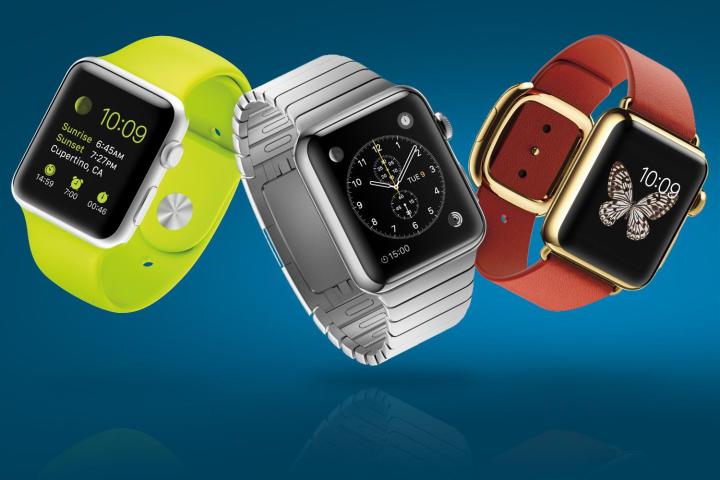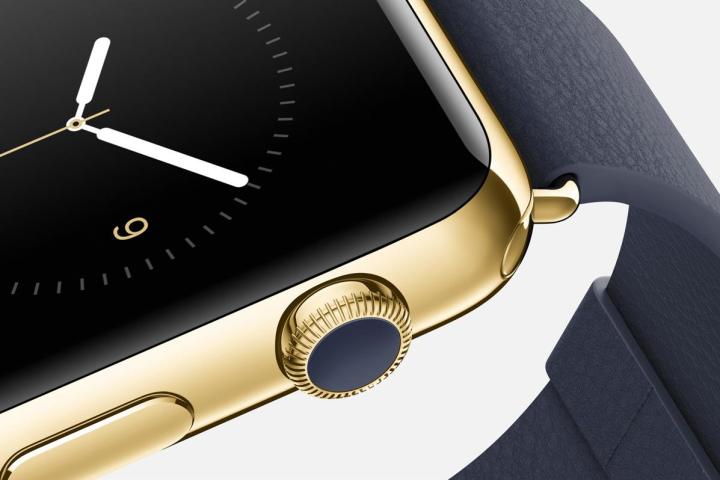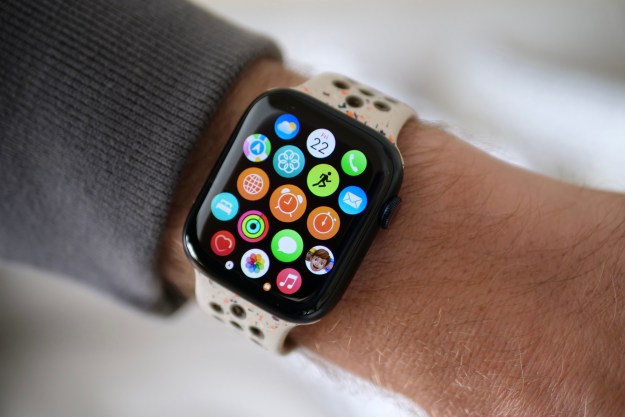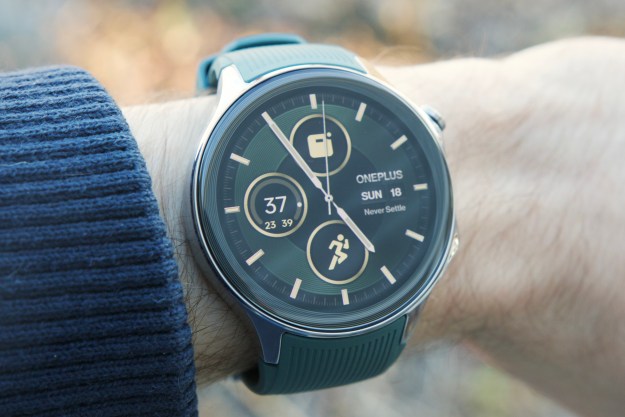
Of course, the company faces stiffer competition now than it did out of the gate with the iPhone and iPad. Much of the competition has grown savvier in the intervening years. Companies like Motorola, Samsung, and Sony have proven that they’re capable of competing with Apple on Apple’s own terms: making products that are both beautiful and easy to use. They’ve also got a head start in terms of availability (though as we’ve seen in the past, that doesn’t always make a hell of a lot of difference).
Until now, most companies have been throwing things against the wall, hoping for a winner.
What is lacking is a clear, concise vision of the ideal smartwatch. The space has been around in some form or other for decades, but so far has failed to capture the public’s imagination. Smartwatches were seen as little more than overpriced novelties for early adopters with money to burn.
Related: 6 wearable gadgets that were ahead of their time
Until now, most companies have been throwing things against the wall, hoping for a winner. We’ve seen tiny fitness bands and giant smartwatches, E-Ink displays, built-in cellular data, and oddly-placed cameras. Sony seems to come out with a new smartwatch every few months or so and Samsung is taking the same approach that it regularly employs on the smartphone and tablet fronts: creating what appears to be specifically tailored models for every man, woman, and child in the free world.

The closest we’ve seen to a real breakout in the smartwatch space is Pebble —and that company’s successes are hardly mainstream. Sure, the plucky little hardware startup shattered pretty much every Kickstarter record on the books, but it still has a long way to go before it can claim millions in sales and enter the big leagues.
When Apple arrived on the smartwatch scene, it brought one of Pebble’s strongest features, albeit on a global scale: a clear and concise idea of what a smartwatch should look like and what it should do. These are both questions that no other company has been able to present a convincing answer.
Related: How IFA reshaped the landscape for wearable tech
To Apple’s credit, the company has clearly deliberated on the watch issue for some time, and it wasn’t ready for the big unveil until it had convincing answers – and even then, the Apple Watch won’t come out until early 2015. With that deliberation, Apple lost both the opportunity to present the first version and, perhaps to the chagrin of less patient investors, an entire holiday shopping season to sell it.
The Apple Watch doesn’t present the single clear killer app answer, but it does present a killer feature set.
And while the argument can surely be made that looks are overrated in a number of gadget categories, it’s hard to deny that such shallow concerns are all the more central when it comes to an object that is as much a fashion accessory as it is a productivity tool. Unlike that smartphone, you can’t just shove your smartwatch back in your pocket when you’re done with it.
Until now, the base features of a smartwatch haven’t been defined, a side effect of both the lack of a clear frontrunner and the general inability for companies to answer the ever important “why do I need this?” question. The Apple Watch doesn’t present the single clear killer app answer, but it does present a killer feature set, including robust fitness tracking, mobile payments and a suite of well-designed productivity apps.
Like it or not, it’s the feature set by which the competition —present and future —will be judged. Again, overnight the conversation has changed from “Samsung’s smartwatch” to “Samsung’s Apple Watch competitor.”
This isn’t necessarily all bad news for the competition. While Apple has unquestionably released the smartwatch to beat, it’s also singlehandedly legitimized the space for plenty of casual consumers. What last week was a strange and geeky pursuit on the fringes of the tech world for many had suddenly become a serious consideration.
That consideration doesn’t necessarily result in the purchase of an Apple Watch. Many consumers suddenly interested in wearable computers may find that a Samsung or Sony device ultimately better suits their needs, due to Android compatibility, a specific feature set or just the fact that those companies actually have products you can go out and buy right this moment.
And that, ultimately, is the power of Apple: the ability to have a large-scale impact on a space, even before it’s managed to bring a product to market.
Editors' Recommendations
- Nomad’s new iPhone case and Apple Watch band may be its coolest yet
- Whatever you do, don’t buy the Google Pixel 7a right now
- The OnePlus Watch 2 is the Wear OS smartwatch I’ve been waiting for
- Why you shouldn’t buy a new Apple Watch right now
- Samsung Galaxy Watch 6 vs. Galaxy Watch 6 Classic: which should you buy?






